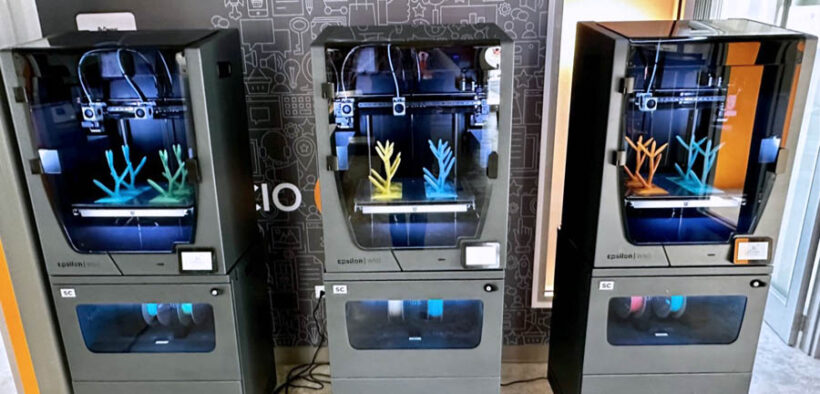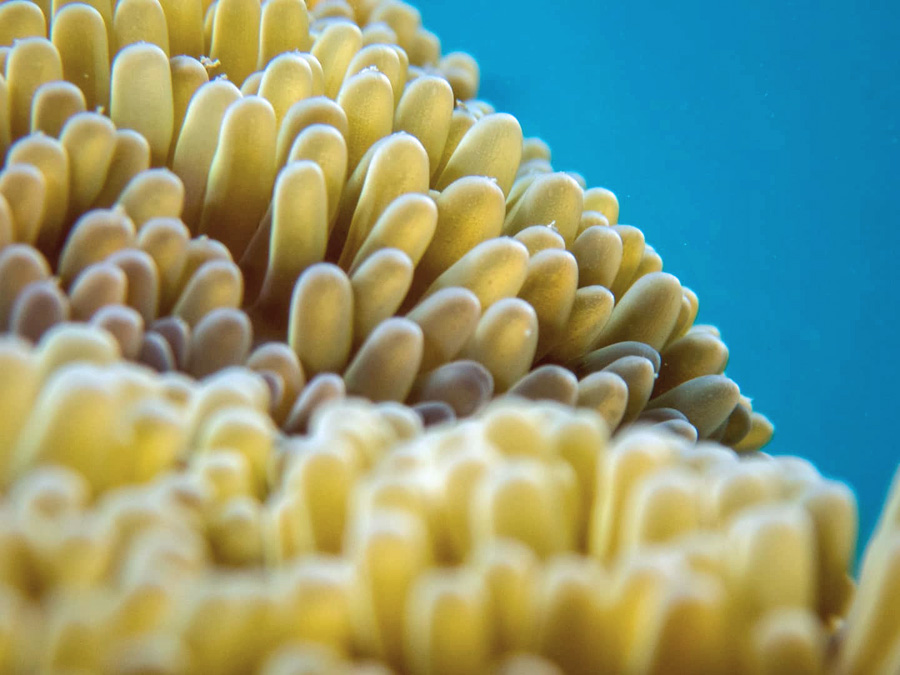DDEC, Engine-4 Lab partner to develop coral ecosystem

The Puerto Rico Department of Economic Development and Commerce’s (DDEC, in Spanish) Youth Development Program (YDP) has partnered with the Engine-4 & T-Mobile 5G N-BIOT Laboratory, to regenerate sea corals and strengthen the marine ecosystem that protects the island’s coasts, the agency announced.
The DDEC granted a $50,000 incentive through the Coral Reef Restoration Program to buy three Epsilon W-50 SC W50 Large Format IDEX 3D printers that are used specifically to make artificial corals.
The artificial corals will be planted at a depth ranging from 19 to 32 feet deep off the coast of Culebra, where three protection zones are being developed. During the first phase of the program, plans call for installing more than 36,000 artificial corals within the next three years with the help of biologists from the Marine Environment Society.
“Protecting and caring for the marine habitat is essential to combat coastal erosion, largely affected by climate change,” said DDEC Secretary Manuel Cidre.
“Engine-4, with its program to manufacture artificial corals for subsequent planting, is an extraordinary mitigation project that will help restore the natural state of the affected areas,” Cidre added.
Last November, Gov. Pedro Pierluisi, along with Bayamón Mayor Ramón Luis Rivera, visited the Engine-4 facilities to see the process of manufacturing coral firsthand.
Luis A. Torres, co-founder of Engine-4 Corp., explained how the incentive has helped advance the environmental goal.
“We produce coral species such as acropora cervicornis, acropora palmata and brain coral. The Engine-4 Laboratory has the capacity to create more than 1,000 pieces per month thanks to the DDEC grant and the three units that joined the 3D team that we have in the laboratory,” he said.
“We more than doubled the production we had for the development of biodegradable material corals, 100% corn plant,” he said.
Torres added that the process consists of collecting the pieces of coral damaged by vessels or sea currents and taking them to a marine farm so that they grow and then adhere them to the artificial ones. After between eight and 10 months, the piece of the corn-made coral disintegrates, leaving only the natural coral behind.
In August 2021, Pierluisi declared an ecological emergency due to the rapid spread of hard coral tissue loss disease, which represents a direct threat to both the environment and economy of the island.
Last year, Executive Order (OE) 2021-66 established the Disbursement Oversight Committee to allocate $1 million from the $10 million designated for natural resources and conservation initiatives from the American Rescue Plan to the Department of Natural and Environmental Resources.
The massive death of corals includes the extinction of multiple important species, constituting a significant loss of marine diversity. The reefs can act as a buffer against 50% to 90% of a wave’s energy. If corals disappear, the ability to attenuate waves is lost and, given how climate change impacts Puerto Rico, this means a high risk of shoreline erosion, officials said.






